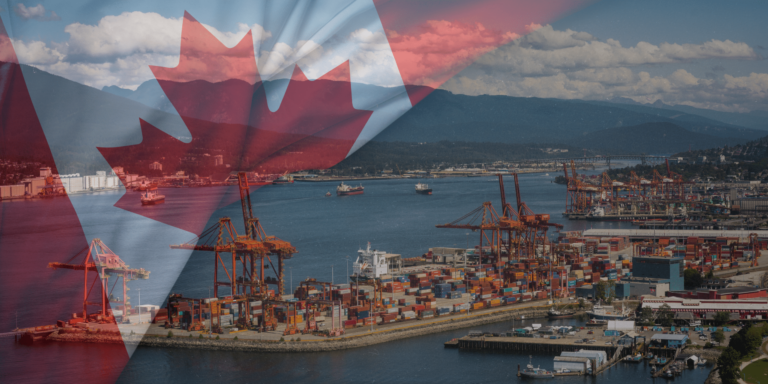Your Transportation Management System Can Help Manage the Amazon Effect
By 3Gtms
Lots of supply chains are dealing with the “Amazon effect,” which has led consumers to demand lightning-fast (and free) delivery times, last-minute order changes, and 100 percent order accuracy.
While initially seen as just a retail problem, these expectations have been extended to the B2B world as well.
Managing the Amazon effect requires a host of solutions, but a transportation management system (TMS) is often overlooked.
A TMS is critical for the execution of an order, and this is especially true as order cycles shorten and shipment sizes shrink.
Any transportation manager would agree that if these customer behaviors aren’t properly managed, they’re going to drive up costs.
If you’re concerned about the demands and expectations around your orders and deliveries, part of the answer may literally be at your fingertips.
But please note that not all TMS systems will be able to handle the scenarios and options I describe below. Only a Tier 1, multi-modal TMS that was designed in the last several years will have the architecture and flexibility to respond in such a dynamic environment.
Real-time planning
A TMS can bridge the gap between the order management system (OMS) and the warehouse management system (WMS). Optimizing within the constraints of customer service, it can help consolidate customer orders and find the best mode and carriers to keep costs as low as possible while giving route planners the opportunity to dynamically optimize right up until the freight leaves the warehouse.
This includes choosing the best cost/service option for all transportation modes, from parcel to LTL, along with multi-stop TL, pool distribution, FTL, and intermodal – while using real rates and service times for all modes. Allowing planners to hold onto freight as long as possible, but still keep releasing freight for shipping as needed, is especially important if trying to consolidate same-consignee freight as well as building multi-stop TLs.
A TMS can also shift from being a planning engine to an execution and visibility tool that monitors freight in transit: it knows which orders are on which shipments, along with service times for all modes. It can use logic and workflow to proactively monitor freight and automatically get status and location information from carriers – as well as alert and respond automatically. In fact, I know of some shippers that ping their TMS to get the best mode selection and ship date requirements pre-WMS.








